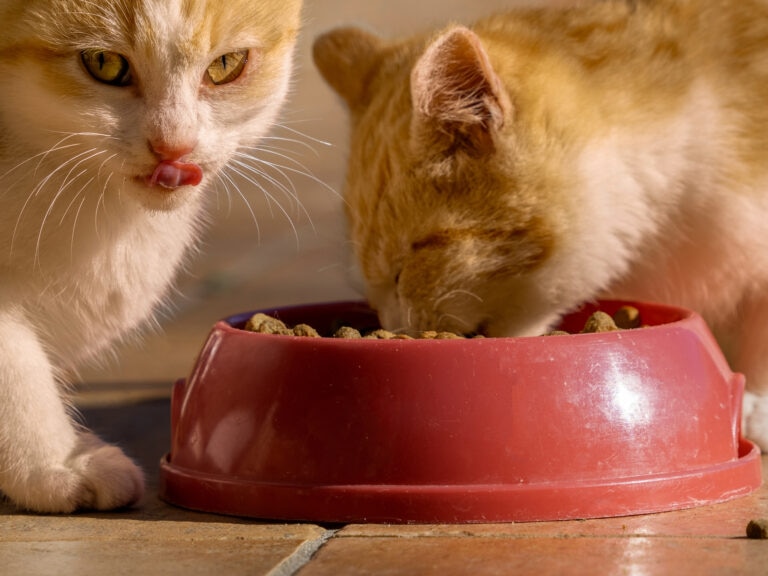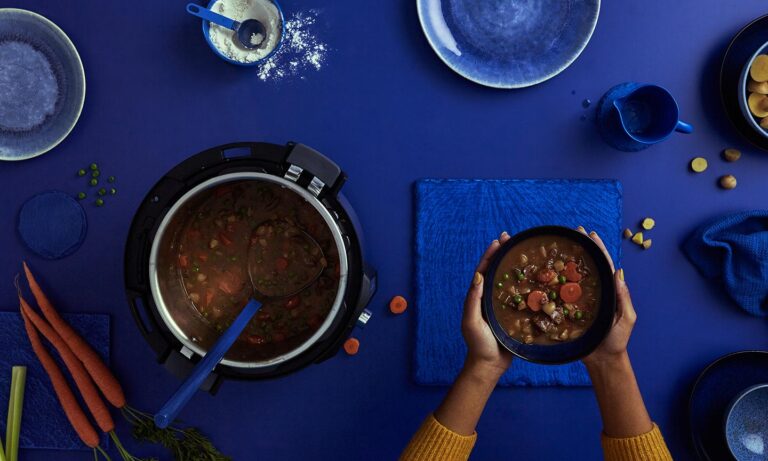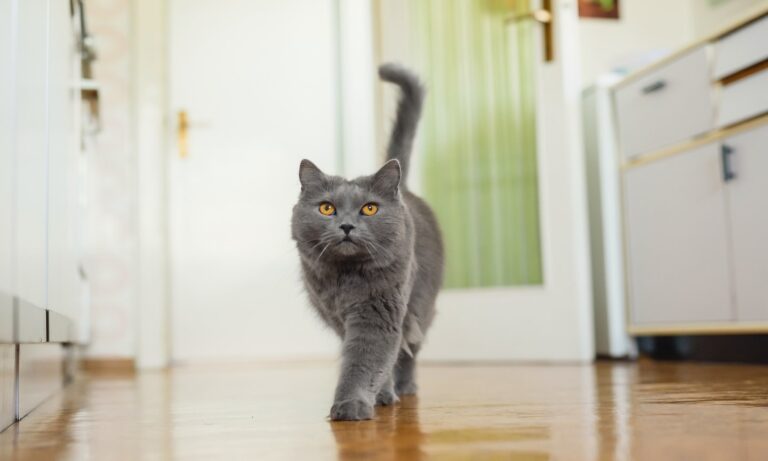Bone Broth for Cats: Benefits and Preparation Information

Photo by Photosiber via Shutterstock
Around the holidays, turkey leftovers are as traditional as pumpkin pie. But after you’ve served the last turkey sandwiches, keep that bony carcass around so you can cook for your cat. As cat parents know, poultry bones are hazards for pets to chew, but when simmered into broth, those bones and joints serve up a rich nutritional feast.
Bone broth has a long health history—the clichés about chicken soup’s healing powers stem from its aid in reducing cold symptoms and preventing cell inflammation. And since the Victorian era, the British have sipped “beef tea,” and Chinese medicine still relies on bone broth to help kidney strength.
Bone broth’s benefits to your cat include:
Detoxifying his liver: Bone broth delivers lots of glycine, the amino acid needed by the liver to clear out all the toxins present in food, water and even pest treatments.
Boosting his digestive tract: Collagen helps strengthen the intestinal lining so bacteria from undigested food doesn’t seep into the bloodstream.
Strengthening his immune system: Bone marrow carries oxygen to the body’s cells, bolstering the immune system’s ability to battle illnesses.
Helping joints: Cats with arthritis or other joint issues benefit greatly from bone broth’s easily-absorbed minerals, including magnesium and glucosamine
Keeping bones healthy: Bone broth is rich in calcium and phosphorus, which is crucial for maintaining and healing bones and teeth, and for generating energy.
Boosting nutrition, juicing poor appetites: For cats with food sensitivities, or senior cats whose appetites lag, bone broth’s taste and ease of digestion invites them to chow down.
Making bone broth is easy but time-consuming, so include patience in your recipe. Plenty of great recipes can be found online or in cookbooks specializing in meals for pets. Start with the simplest version from your leftover turkey bones, then customize next time with bones from chicken or other meat. You’ll need a slow cooker because standing over a pot of simmering bones on your stovetop for 20-plus hours isn’t practical!
If using turkey drumsticks, please heed the excellent advice of natural pet expert Kimberly Gauthier, who makes certain to remove the long sharp leg bones when she prepares broth for her dogs.
Place bones in pot and cover with water. For each gallon of water, add two teaspoons of apple cider vinegar or lemon juice, for the natural acids that break down bones to release their minerals. Slice in some carrots for flavor; before adding any other vegetables or seasonings. Make sure to consult your vet to be sure all ingredients are feline-safe. Cats should never eat anything containing onions, chives, scallions or garlic—these are all toxic for cats.
Simmer on low heat until any remaining meat residue falls off the bones. Remove meat and vegetables. Let the bones simmer for another 20-24 hours. Your cat will hover, curious about the yummy scent.
When cooking time is up, skim off the separated fat, remove and discard all bones. Let broth cool completely and transfer to small containers and ice cube trays for easy freezing.
Get bone broth on your cat’s menu by serving it over dry cat food, letting the nuggets soak up the flavor and nutrients. You can also spoon it over canned food like gravy. Or offer a broth cube as a savory ‘popsicle’ that your cat will eagerly lick. That’s another of bone broth’s many health benefits—your cat will definitely enjoy the treat.
Want to give your pet superior health and nutrition? Chewy offers a variety of premium cat food so you can feed your feline the highest quality ingredients. Shop Chewy’s selection of premium cat food here.











